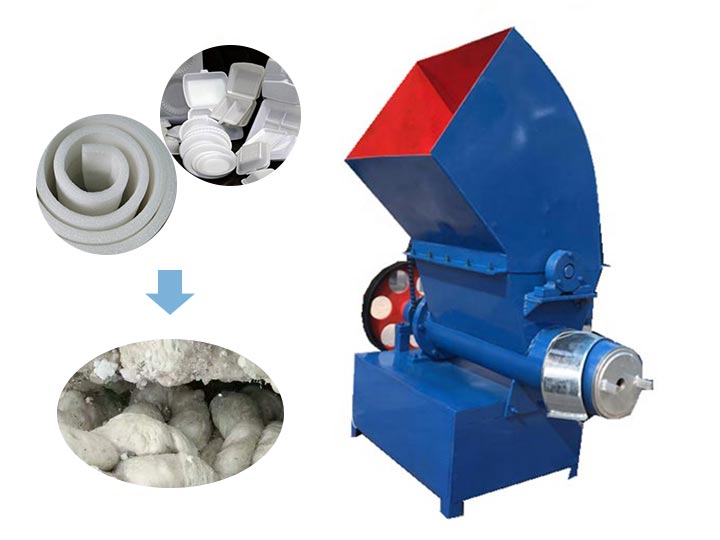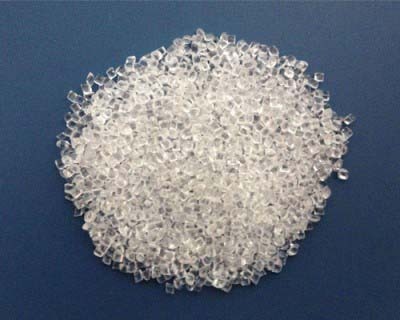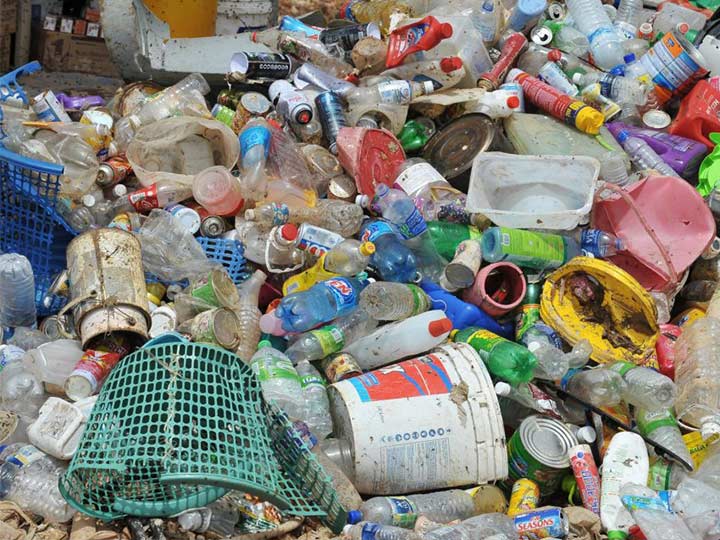كيف ندرك إعادة تدوير EPS؟ جهود شولي لبيع مكثف الرغوة
الرغوة المصنوعة من البوليسترين الموسع (EPS) تُستخدم عادةً في مجالات مثل التعبئة والتغليف، والعزل، والأدوات المنزلية القابلة للتصرف، وتُشكل تحديًا بيئيًا كبيرًا بسبب طبيعتها غير القابلة للتحلل. مع تزايد المخاوف بشأن نفايات البلاستيك، أصبحت رغوة EPS واحدة من الأسباب الرئيسية لتلوث المدافن والمحيطات. مع تزايد الحاجة إلى ممارسات مستدامة، أصبح من الضروري بشكل متزايد إيجاد حلول فعالة لإعادة تدوير EPS.
على الرغم من الاستخدام الواسع لرغوة EPS، إلا أن معدل إعادة تدويرها لا يزال منخفضًا. تفتقر العديد من المناطق إلى المرافق اللازمة لمعالجة رغوة EPS، مما يؤدي إلى كميات كبيرة من هذه المادة تنتهي في مدافن النفايات. على الرغم من تنفيذ برامج جمع في بعض المناطق، إلا أن التكنولوجيا والبنية التحتية لمعالجة EPS غالبًا ما تكون غير كافية. وهذا يخلق حاجة ملحة لطرق وآلات إعادة تدوير أكثر كفاءة.
جمع وفرز: الخطوة الأولى في إعادة تدوير EPS هي جمع وفرز نفايات الرغوة. يجب التخلص من الشريط وغيره من الحطام من تعبئة الرغوة لضمان إعادة تدوير EPS نظيف وغير ملوث للتخلص منه.
التقطيع: بعد الجمع، يتم إدخال رغوة EPS في مُحَطِّم الفوم المصنوع من الستايروفوم آلة تكسرها إلى جزيئات أصغر. هذه الخطوة حاسمة لتقليل حجم المادة وتسهيل المعالجة اللاحقة.
الكثافة: بعد التكسير، يتم عادةً تكثيف رغوة EPS باستخدام معدات متخصصة، مثل جهاز تكثيف الرغوة شولي المعروض للبيع. هذا مكثف الرغوة للبيع جهاز قادر على ضغط الرغوة إلى قطع قابلة للإدارة وتقليل الحجم، مما يحقق عادة نسبة ضغط تبلغ 90:1. هذا لا يجعل النقل أكثر اقتصادية فحسب، بل يعدها أيضًا للمعالجة اللاحقة.
إعادة التدوير إلى مواد خام: يمكن معالجة EPS المضغوط بشكل أكبر إلى مواد خام لصناعة منتجات جديدة. تقلل هذه العملية المغلقة لإعادة التدوير من الحاجة إلى المواد الخام وتساهم في اقتصاد دائري.
يمكن استخدام EPS المعاد تدويره في مجموعة متنوعة من التطبيقات، بما في ذلك مواد التعبئة والتغليف الجديدة، وألواح العزل، وحتى الأثاث. وهذا يخلق دورة مستدامة لتحويل نفايات EPS إلى منتجات قيمة.








